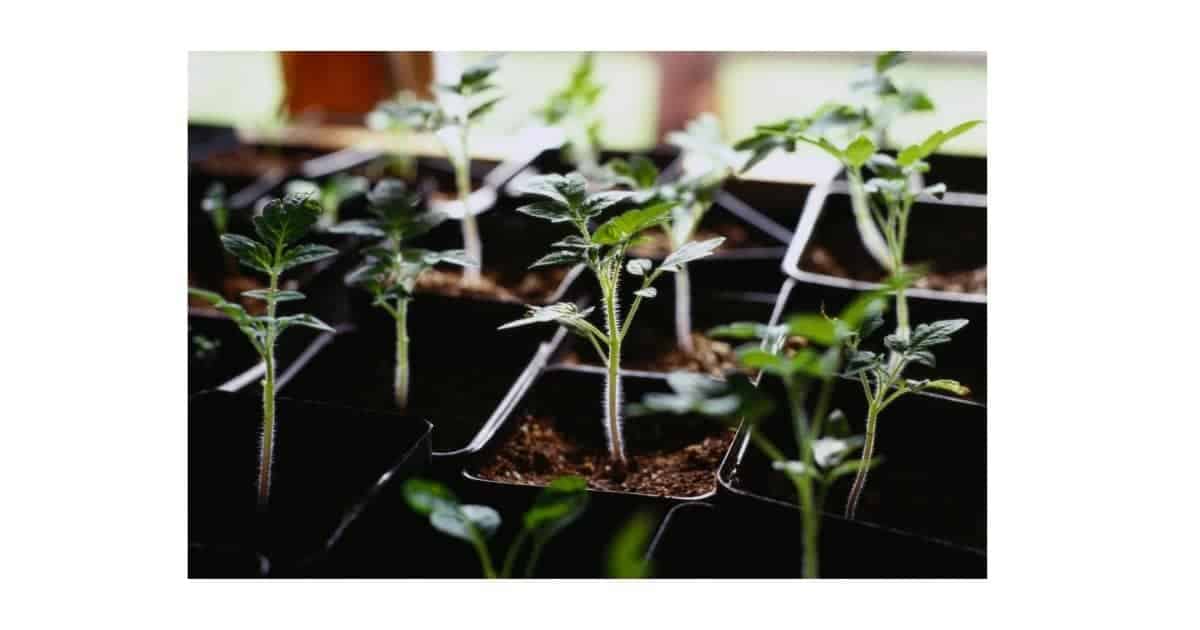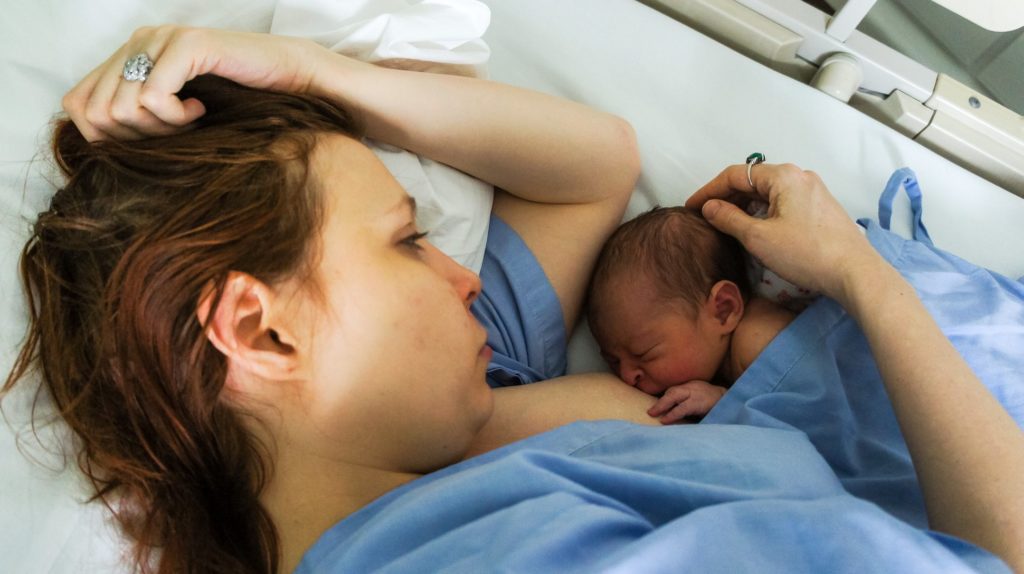Not everyone likes to think of their vagina as being like a garden. But when you are pregnant, it turns out that many of the bacteria in your vagina, like plants in a garden, help keep your baby healthy. Babies who are born by cesarean section do not travel through the vagina on their way into the world. That means they miss picking up your helpful bacteria. At least, that is the hypothesis. Vaginal seeding is the term used to describe transferring some of those healthy plants to your baby even if you don’t have a vaginal delivery.

Vaginal seeding, according to the American College of Obstetricians and Gynecologists (ACOG), is the swabbing of a newborn’s mouth, nose, or skin with a cotton gauze or swab soaked in its mother’s vaginal fluids. The purpose of vaginal seeding is to transfer the mother’s vaginal flora to her newborn infant.
Why would I need to do vaginal seeding?
Cesarean delivery, antibiotics given before and during labor, and formula feeding can prevent the normal transfer of bacteria from mom to baby.
We know that bacteria are very important to our health and well-being in many ways. They are necessary for:
- Healthy digestion
- A strong immune system to keep us healthy
- Preventing the growth of disease-causing bacteria
- Helping our bodies make important vitamins
While in your womb, your baby’s gut (gastrointestinal tract) does not have any bacteria. Through vaginal birth or once your water breaks, bacteria are transferred from you to your baby. You can also pass on your healthy bacteria to your baby when holding them skin-to-skin, after your delivery and when breastfeeding.
What are some of the possible benefits of vaginal seeding?
Scientists are just beginning to study the importance of this mother-baby bacterial transfer. We don’t yet know how the makeup of a bacteria in an infant’s gut may impact its health and well-being for the rest of its life. The crazy assortment of bacteria that live in a healthy woman’s vagina may help prevent allergies, asthma, and immune disorders like diabetes in children.
What are the possible risks of vaginal seeding?
Unfortunately, not all bacteria in the vagina are good for babies. Some types can cause infection of an infant’s eyes or lungs. Fortunately, your doctor has tests to screen for some types of bad bacteria that can cause infection. These bacteria are:
- Herpes simplex virus
- Group B streptococci (usually tested on all women at 36 weeks gestation with a vaginal swab, about 20-30% of pregnant women are group B strep positive at the time of delivery)
- Chlamydia trachomatis (usually screened for at the beginning of all pregnancies)
- Neisseria gonorrhea (usually screened for at the beginning of all pregnancies)
Women who test positive for these bacteria or infections should not perform vaginal seeding.
Other reasons you may not choose vaginal seeding:
- Research shows that the mix of bacteria in a babies’ guts were the same by 6 months of age, regardless of the type of delivery (cesarean or vaginal) or feeding (bottle or breast). Bacteria were different at birth and when checked when the babies were three months old. We don’t know if this difference in bacteria in a baby’s first 3 months of life makes a big difference in terms of health benefits.
- We don’t have enough scientific data to definitively say that vaginal seeding is risk-free.
- We also don’t have conclusive data to show that vaginal seeding actually makes it less likely that children will develop allergies, asthma, or immune disorders. Studies have only observed that more of these conditions in babies born by cesarean section.
- Your doctor or midwife may refuse to allow you to perform vaginal seeding.
- Most women are given antibiotics before a cesarean section to reduce their risk of infection. Researchers believe this treatment also kills all of mom’s good bacteria. Thus, swabbing after cesarean may not make any difference because there wouldn’t be any bacteria to transfer.

Is vaginal seeding recommended?
Studies are underway, but we don’t yet know whether vaginal seeding should be a part of every cesarean delivery.
For this reason, ACOG recommends OBGYN’s do NOT routinely practice vaginal seeding. Instead, they suggest that OBGYNs could choose to allow their own patients to do vaginal seeding themselves, but only after a thorough conversation about the possible risks.
What should you do if you think vaginal seeding makes sense?
- Have a thorough discussion with your OBGYN, midwife, doula, birth partner, and any other people who will be present at your birth about the risks and benefits, why you are requesting this be done, and who can do the swabbing at the time of delivery if you are unable to.
- Put your plan for vaginal seeding in your birth plan and confirm with any labor and delivery nurses, operating room nurses, or medical staff.
- Tell your pediatrician about your plans so they can look for early signs of infection in your baby.
Ultimately, whether or not your baby has a bacterial baptism depends on a combination of factors:
- Your childbirth provider’s opinion
- Whether or not you have a cesarean section
- If you have any of the infections listed above
- The circumstances of your delivery
- Most importantly, whether anyone even remembers to do it in the excitement of your baby being born!
Like so many of the delivery details expectant moms worry about while pregnant, the idea of vaginal seeding may fade once you hold your healthy newborn in your arms. Learning about delivery preferences like vaginal seeding can help you to be a more a informed patient and parent. Remember though, until we have more answers, try not to add vaginal seeding to your list of pregnancy worries.
Sources for this post:
- Vaginal seeding. Committee Opinion No. 725. American College of Obstetricians and Gynecologists. Obstet Gynecol 2017:130:e274–8. Available at: https://www.acog.org/Clinical-Guidance-and-Publications/Committee-Opinions/Committee-on-Obstetric-Practice/Vaginal-Seeding?IsMobileSet=false
- https://www.healthline.com/health-news/should-babies-born-via-c-section-get-microbial-seeding#The-risks-of-%E2%80%9Cseeding%E2%80%9D
- https://clinicaltrials.gov/ct2/show/NCT03567707?term=vaginal+seeding
- https://www.todaysparent.com/pregnancy/giving-birth/why-vaginal-seeding-wont-help-caesarean-born-babies/
Leave a Reply